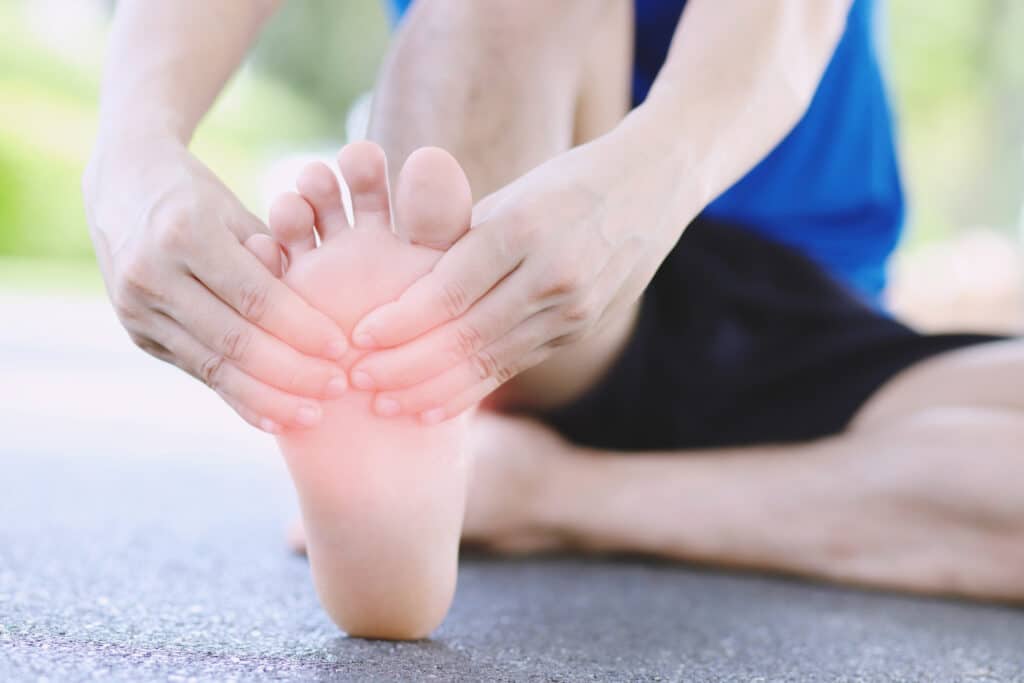
Metatarsalgia is a common foot condition that causes pain and inflammation in the ball of your foot. It can be caused by a number of factors such as overuse, a sudden injury, or wearing shoes that don’t fit properly. But did you know that your diet can also play a role in managing metatarsalgia? In this blog post, we will discuss the foods you should eat to help relieve foot pain and reduce inflammation.
Anti-inflammatory foods
Foods that are high in anti-inflammatory properties can help relieve pain and inflammation caused by metatarsalgia. Some examples of anti-inflammatory foods include fatty fish like salmon and sardines, nuts and seeds, dark leafy greens, fruits like berries, and spices like turmeric.
Calcium-rich foods
Calcium is an important mineral that helps maintain healthy bones and joints. Eating foods that are rich in calcium can help strengthen the bones in your feet and reduce the risk of developing metatarsalgia. Some examples of calcium-rich foods include dairy products, leafy greens like kale and spinach, and fortified foods like tofu and orange juice.
Vitamin D-rich foods
Vitamin D is essential for healthy bones and joints as it helps the body absorb calcium. Eating foods that are rich in vitamin D can help maintain strong bones and reduce the risk of developing metatarsalgia. Some examples of vitamin D-rich foods include fatty fish like salmon and tuna, egg yolks, and fortified foods like milk and orange juice.
Foods high in antioxidants
Antioxidants are important for fighting inflammation and reducing oxidative stress in the body. Eating foods that are high in antioxidants can help reduce pain and inflammation caused by metatarsalgia. Some examples of antioxidant-rich foods include berries, dark chocolate, leafy greens like spinach, and spices like cinnamon.
Foods high in magnesium
Magnesium is a mineral that helps maintain healthy bones and muscles. Eating foods that are high in magnesium can help reduce pain and inflammation caused by metatarsalgia. Some examples of magnesium-rich foods include nuts and seeds like almonds and pumpkin seeds, dark chocolate, whole grains, and leafy greens like spinach.
Metatarsalgia can be a painful and debilitating condition, but by following a healthy diet that includes foods that are high in anti-inflammatory properties, calcium, vitamin D, antioxidants, and magnesium, you can help reduce pain and inflammation and improve your overall foot health. There are other important things to consider like hydration and metatarsalgia and foods that should be avoided with metatarsalgia that can have a negative impact so it is important to speak with a healthcare provider. Consulting with a dietitian and naturopathic doctor can also provide additional support in effectively managing metatarsalgia symptoms. Remember to always consult with your healthcare provider before making any dietary or treatment changes. Eat right and take care of your feet!




